Affenpinscher
The Affenpinscher is an interesting and rare dog breed that originated in Germany. The name Affenpinscher means “monkey-like terrier,” Although this breed is not classified as a terrier, the Affenpinscher was initially bred to work like one. This dog had a job to exterminate rats and other rodents in German stables, granaries, and kitchens of the 1600s.
The rare Affenpinscher became more known in 2002 when Ch Yarrow's Super Nova won the Toy Group in 2002 at the nationally televised Westminster Kennel Club Show.
FUN FACT: In France, this breed is described as the “Diablotin Moustachu,” which means “mustached little devil.”

Height:
9-12 in (23-30 cm)

Weight:
7-9 lb (3 - 4 kg)

Origin:
Germany

Life Expectancy:
12-15 years
Dog Breed Characteristics
Size
The Affenpinscher is a toy breed, usually 9 - 12 inches (23-30 cm) tall and weighs 7 - 9 pounds (3 - 4 kg). The dog has a small body, short muzzle, small ears, bushy eyebrows, black, round eyes, and protruding lower lip. The tail is short and erected.
Affenpinscher coat and shedding
The Affenpinscher is covered with a wiry, thick, and rough coat with a harsh texture that can be black, gray, silver, tan or red in color. The dog’s coat should be brushed at least twice a week. Brushing should first be done with a brush and then a metal comb. If there are still some mats or tangles, break them up with fingers.
This dog needs some stripping and trimming to achieve and maintain his “shaggy but neat” appearance, but it is easy to learn. The Affenpinschers do not shed a lot and are perfect for apartment living. The Affenpinscher’s coat is considered to be hypoallergenic because it causes fewer allergic reactions than some other breed’s hair.
FUN FACT: When provoked, the Affenpinscher breed has a higher-than-average tendency to nip, chew, play-bite, or herd people.
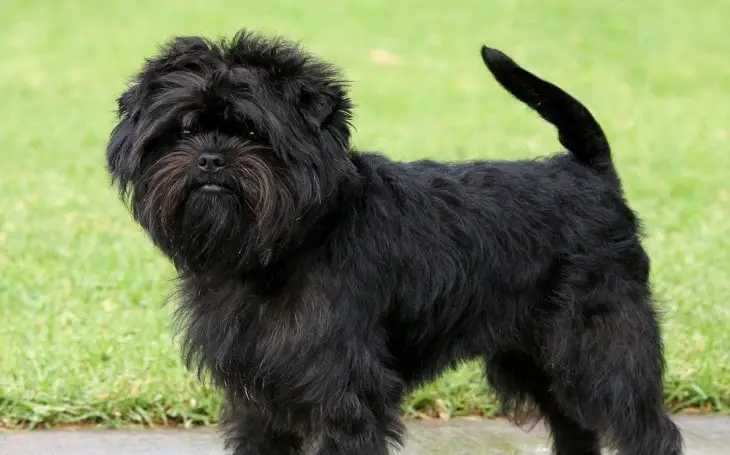
Temperament
The Affenpinschers love spending time with their family and hate being left alone. These dogs are not afraid of anything or anyone, and their alert nature makes them excellent watchdogs. The Affenpinscher can be territorial toward other dogs. It is not unusual for this small dog to go after a dog three times their size.
This is why it is essential to socialize your Affenpinscher with other people and animals. Otherwise, you will have to protect them from themselves. Early training is also a must.
On the one hand, this breed’s intelligence is above average, so they learn quickly. On the other hand, the Affenpinschers can be very stubborn in their desire to have their own way. That means training can sometimes be challenging. Persistence, consistency, and patience are the key. The Affenpinscher is a toy breed, and they are usually challenging to housebreak. Crate training is recommended.
The Affenpinscher is a curious, playful, fun, loving, affectionate, and loyal companion. This dog is born to make everyone around him laugh. He is very devoted to his family, but children are not his favorite. The Affenpinscher is the happiest in a family without any children.
Like most terrier-type dogs, they do not like aggressive behavior such as hitting, unwanted squeezing or hugging, chasing to catch them, and similar. When cornered, the Affenpinscher might nip a child to warn them.
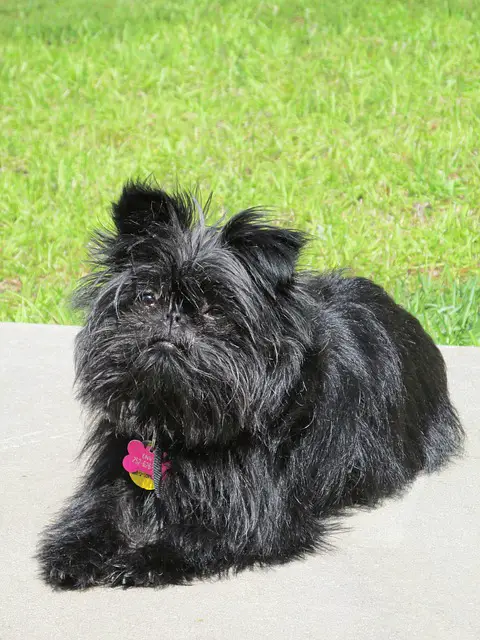
Exercise needs
Toy breeds are popular because of their small stature, making them great apartment dogs. While Affenpinschers may live in close quarters, they are categorized as “moderately active,” and as a result, they require exercise. Indoor play, both with his owner and alone with a toy, can account for a significant portion of these dogs’ exercise regimens.
Even so, you should go for a quick walk once or twice a day. These walks allow the Affen the opportunity to socialize with both people and other dogs, in addition to providing exercise.
Training
Affenpinschers are brave, bold, and fiery dogs. It's a good idea to start with some basic obedience training. Because Affenpinschers are independent and headstrong, they have an unjustified reputation for being difficult to teach. The key is that they are extremely intelligent and anxious to please the humans they have formed bonds with.
Remember that they get tired fast and lose interest throughout long training sessions. Shorter, more frequent sessions with a trainer who is familiar with toy breeds are frequently quite effective.
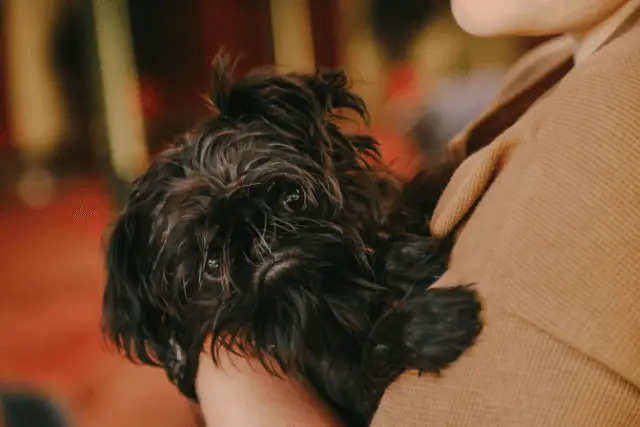
Affenpinscher Health
The Affenpinscher is generally a healthy dog breed with a 12 - 15 years life expectancy. Still, they are prone to certain health conditions, such as; patellar luxation, Legg-Perthes disease, heart anomalies, vision problems, and hip dysplasia.
Patellar luxation is a condition caused when the patella, which has three parts; the femur (thigh bone), patella (knee cap), and tibia (calf), are not properly lined up, which causes lameness in the leg or an abnormal gait, sort of like a skip or a hop. This condition can lead to arthritis.
There are four grades of patellar luxation, and different grades may require different surgical repairs.
Legg-Perthes disease is a deformity of the ball of the hip joint. It causes wearing and arthritis and can be repaired surgically. The Affenpinscher, because of his short muzzle, can also experience respiratory difficulties during hot weather.
Nutritional requirements
The Affenpinscher should be fed high-quality dog food, either professionally produced or created at home with your veterinarian's consent. Any diet should be tailored to the dog's age (puppy, adult, or senior). Some dogs are prone to becoming overweight, so keep an eye on their calorie intake and weight.
Treats can be a helpful training aid, but feeding too much might lead to obesity. Discover which human foods are suitable for dogs and which are not. If you have any concerns regarding your dog's weight or diet, consult your veterinarian. At all times, clean, fresh water should be available.
Affenpinscher breeders
Getting an Affenpinscher might be a challenge since these dogs are not that common. Once you find a suitable breeder, you should be prepared to be put on a waiting list. The Affenpinscher can have litters of 1 - 3 puppies per year. Small litter and their rarity increase inbreeding, which increases the risk of various health problems.
This is why you should be extra careful when getting an Affenpinscher puppy. Never buy puppies from shady breeders. Ask the breeder as many questions as you can about the dog, the dog’s pedigree, and health, and ask them to show the puppy’s litter mates and/or parents.
World Dog Finder team

Updated at31.08.2023.
Breed History
The first reliable documentation of this breed is from the late 1800s. Small, rough-coated, bearded dogs are seen in paintings by Dutch artists dating back to the 15th century. They could very well be the Affenpinscher's forebears.
These terrier-type dogs originated in Germany. They were widely used throughout Central Europe as ratters and were welcomed employees at stables, stores, farms, and houses throughout the region.
Some of the intelligent, wiry-haired pups may have piqued the interest of females because they were later bred to be smaller, making them excellent companion dogs. Some sources claim a breeder in Lubeck, Germany, was the first to miniaturize the ratters. Still, the tale of how the Affenpinscher came to be is lost to history, as it is with so many other breeds.
They could have been crossed with Pugs, German Silky Pinschers, and smooth-coated German Pinschers. Other breeds, such as the Brussels Griffon and the Miniature Schnauzer, owe their existence to Affenpinscher-type dogs. When you look at their rough coats and beards, it's obvious to realize how close they are.
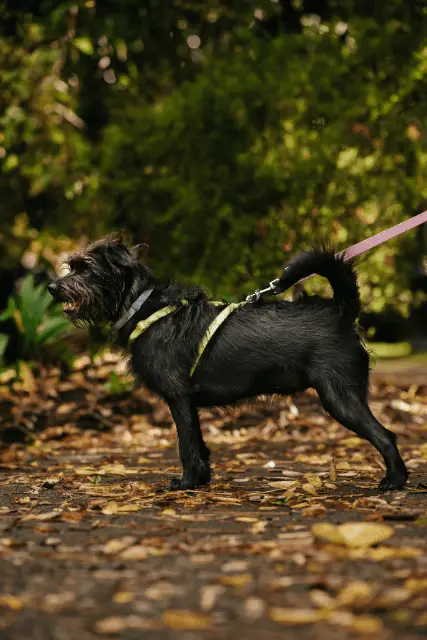
The city of Munich was the birthplace of the Affenpinscher, but the breed was widely popular throughout Germany. In 1902, the Berlin Lapdog Club began developing a breed standard for the Affenpinscher, but it was not formalized until 1913.
The Affenpinscher's breeding in the United States was halted during World War II. Interest in the breed did not resurface until the 1950s. He is still uncommon today, despite the fact that Ch Yarrow's Super Nova won the Toy Group at the nationally broadcast Westminster Kennel Club Show in 2002.
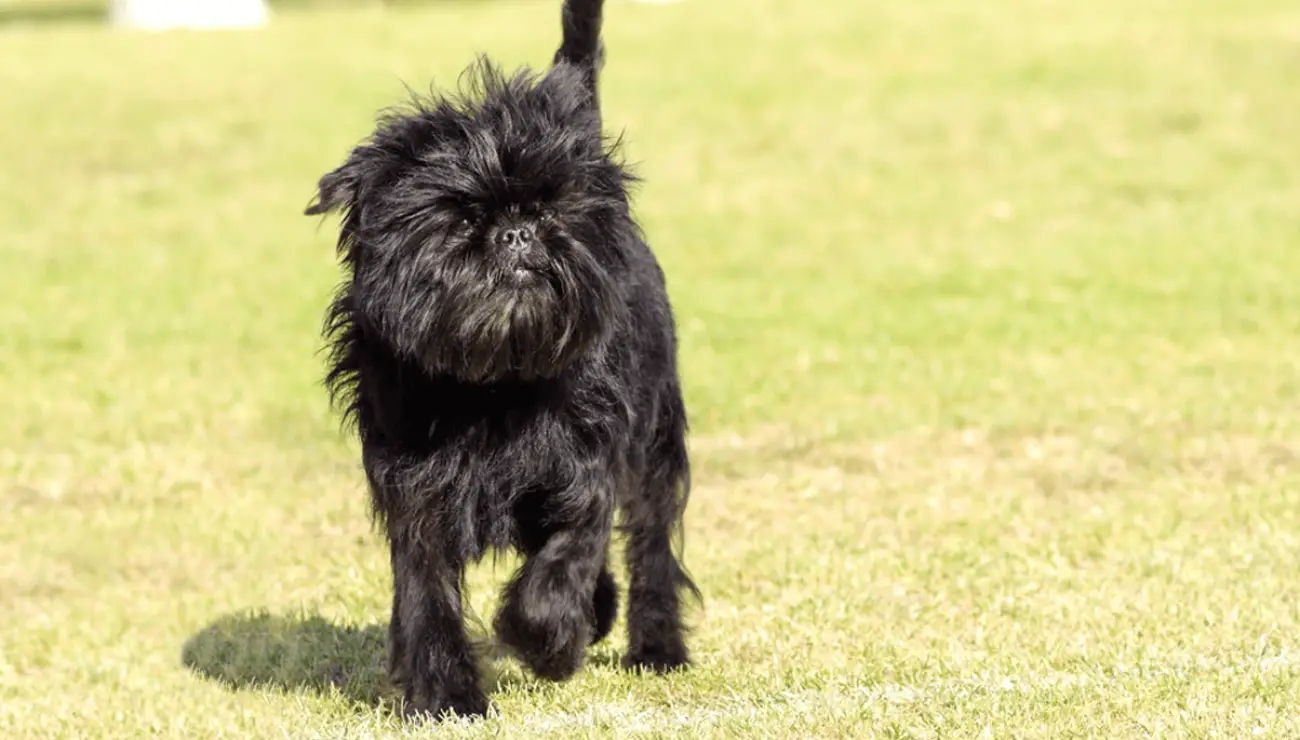
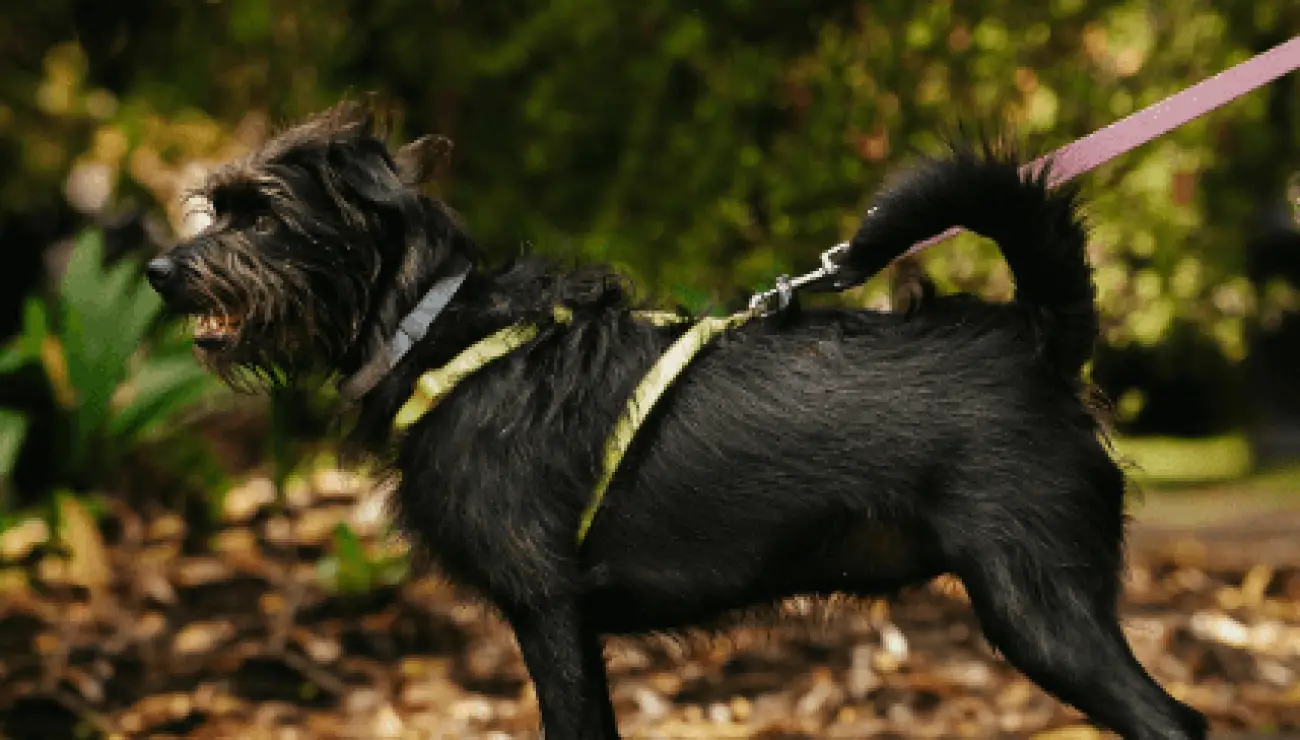
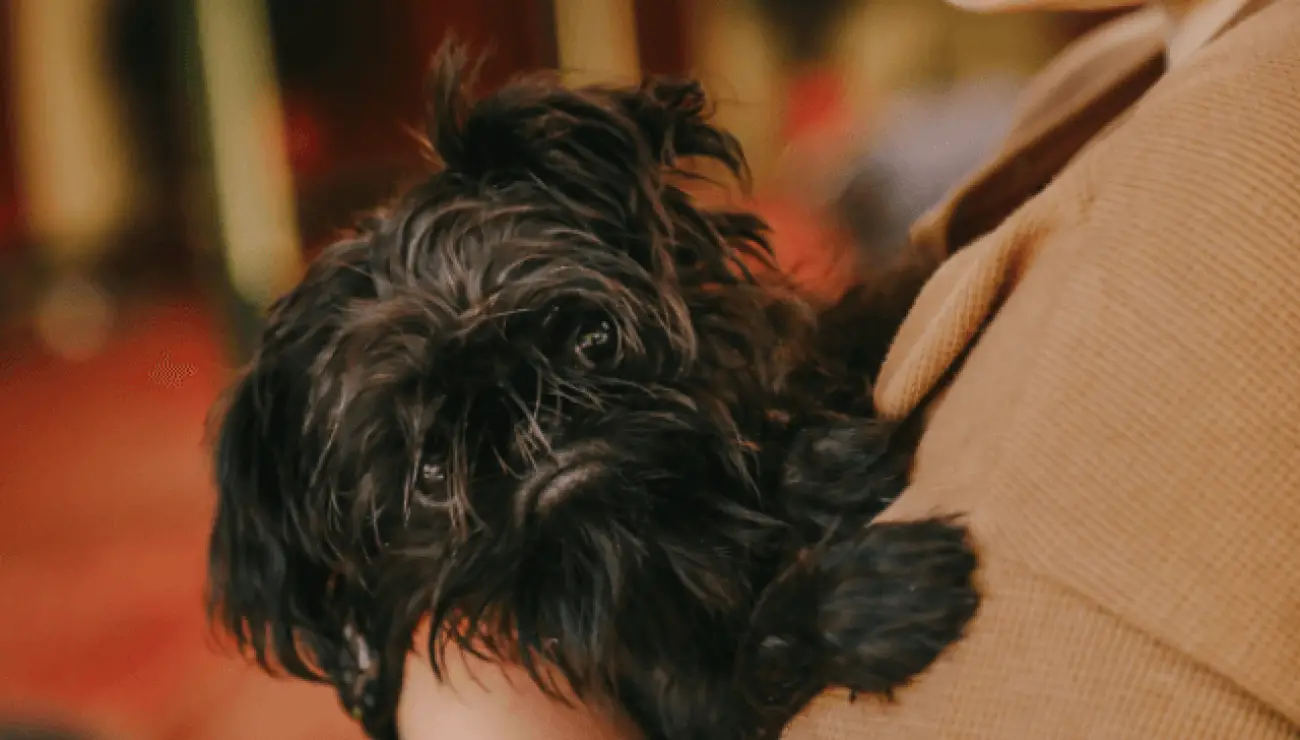
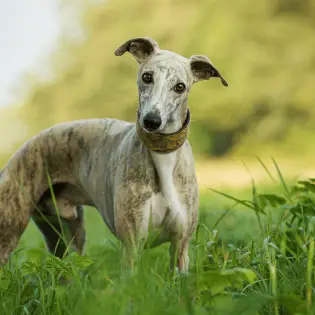
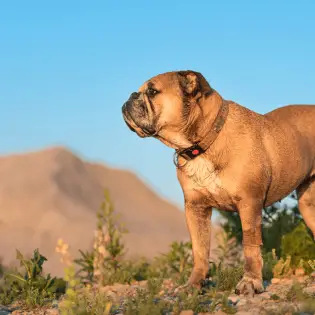
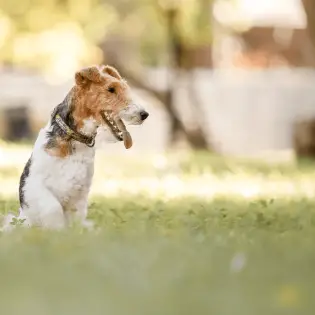
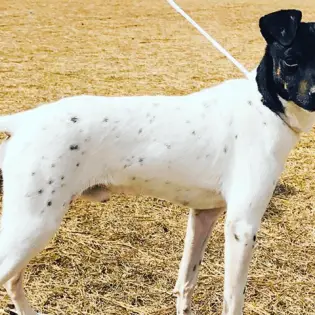
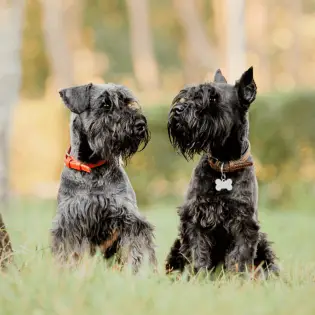
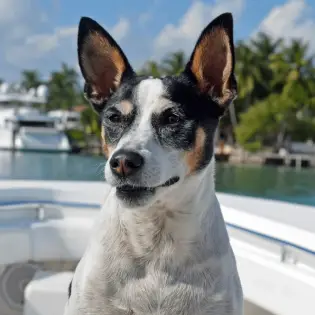
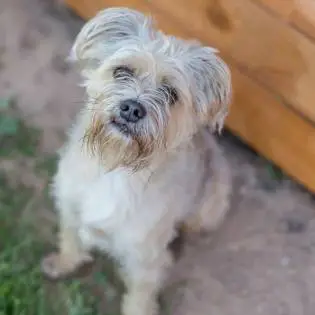
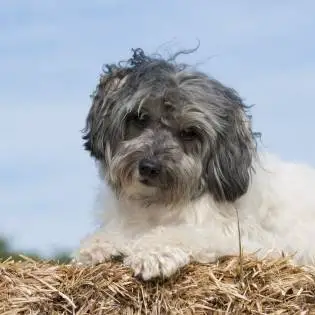
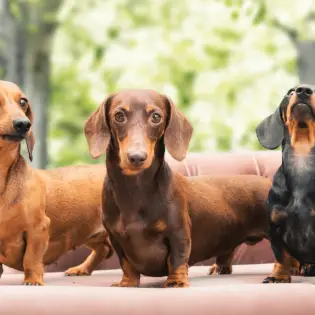
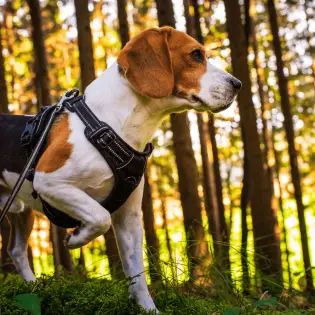

Share